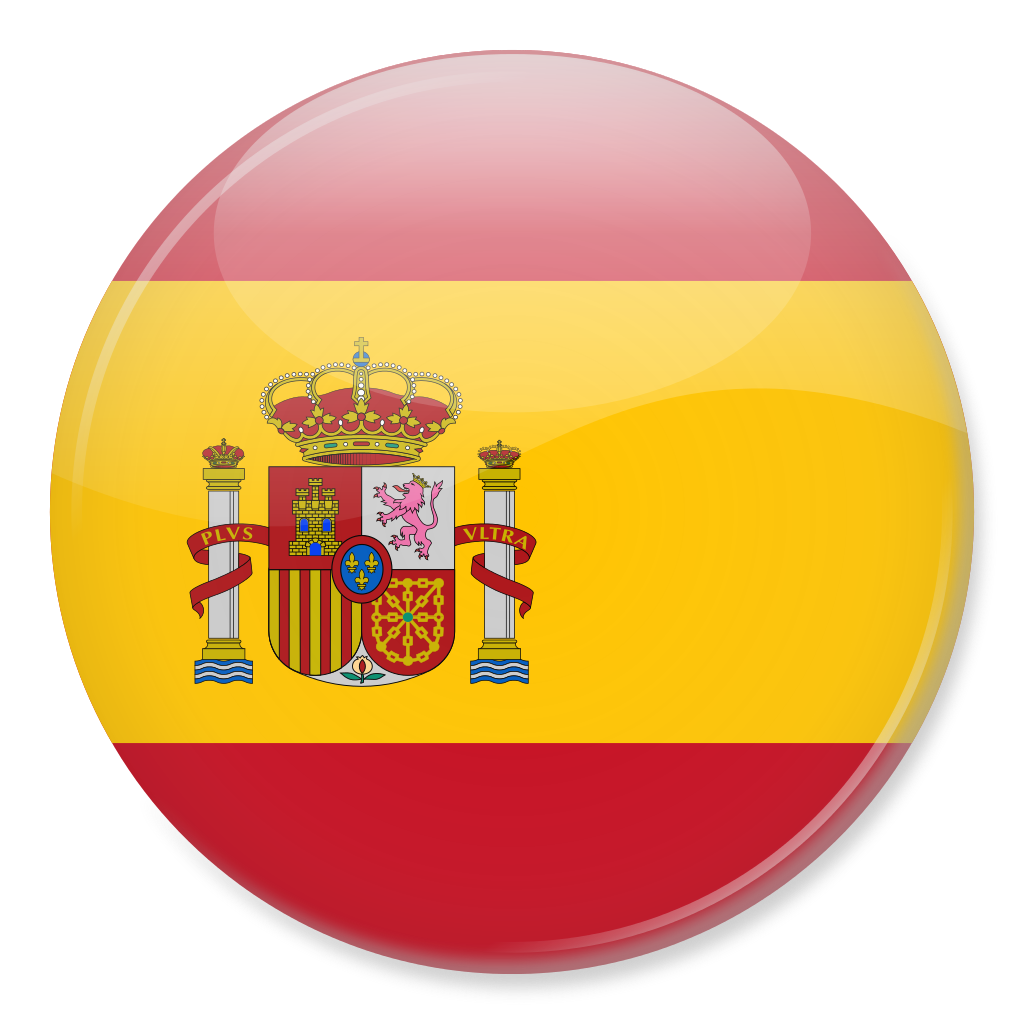

La Puerta de Almocábar se encuentra ubicada en la parte sur de Ronda conectada con el casco histórico. Se construyó en el siglo XIII y fue modificada en tiempos de Carlos V. Se compone de tres puertas sucesivas además de dos torres semicirculares laterales. Estas sirvieron de alojamiento para la guardia. Su nombre proviene del árabe "Al-maqabir" ya que se encuentra cerca del antiguo cementerio musulmán. Frente a la puerta, fuera de la ciudad, está la plaza de San Francisco que fue el lugar donde el 20 de mayo de 1485, se congregaron las tropas castellanas al mando del Marqués de Cádiz. Esto puso fin a la dominación árabe de Ronda y su serranía. La Puerta de Almocábar fue restaurada en 1961. Al conjunto se le dio un estilo renacentista y se le ha añadido el imperial escudo aguileño de Carlos V.
Destruida parcialmente en el asedio de Ronda de 1485 y posteriormente por las tropas francesas en la Guerra de la Independencia (1812). La última variación en su estructura se dio a comienzos del siglo XX con motivo del ensanche de la cuesta de las Imágenes y la construcción del Colegio “El Castillo”.
Lo que hoy se conserva guarda gran parte de su organización original islámica, aunque oculta por varios postizos y revestimientos de sus muros. En lo que se aprecia, se trata de una construcción fortificada reformada en el siglo XIV, pero con toda probabilidad su origen es bastante anterior. Sabemos que en el siglo XI ya existía.
Su situación resultaba ser la de mas importancia estratégica de todo el emplazamiento de Ronda, ya que aprovechaba un espolón rocoso ubicado al sur, el cual fue adaptado con al menos dos líneas de muralla, de las que apreciamos la exterior. En su interior el castillo propiamente dicho se cerraba con un fuerte muro torreado, instalándose la torre del homenaje en la fachada orientada hacia la ciudad.
Desde la Alcazaba se controlaba el paso desde el exterior de la ciudad al interior, así como desde los dos arrabales a esta, conformando, junto a al desaparecida Puerta de las Imágenes, un sistema defensivo imposible de salvar por la fuerza, como no fuera a través de asedio.


This gateway takes its name from the Arabic World “Al-maqabir”, meaning the cementery, which was located nearly this area, outside of the city walls. On its southern side the gateway gives access to the first walled area of the Moorish Ronda, including the High Quarter, known today as the Espíritu Santo district. The entrance is situated between semicircular masonry towers and three successive arches: the two outer ones being horseshoe shaped and surrounded by supported by archivolts and Moorish decoration, and the central one of lancer design.
It was initially constructed of adobe around the 13th Century, being redressed in the 14th Century with the rough stone seen today. In the 16th Century, a frontal section of Renaissance style was added, the doorway of which can still be seen next to the Moorish entrance, after the restoration of this area undertaken in the year 1964. Without any doubt this series of walls is the most outstanding feature of the entire area, an area which houses an extraordinary richness of its traditional architecture.
Partially destroyed during the siege of Ronda in 1845 and, subsequently, by French troops in the Peninsular War (1812), the building suffered its most recent damage at the beginning of the 20th Century as a result f the widening of the Street of las Imágenes and the construction of the Castillo School.
What remains today still contains a large part of the original Moorish structure, although this has been obscured by redressing of its walls and subsequent building work. At first sight it appears to be a fortified construction of the 14th Century but in all likelihood its origins are far earlier. We know that it already existed in the 11th Century.
Its positioning gives it the greatest strategic importance in the whole of the city of Ronda, as it takes advantage of a rocky spur situated on the south, adapted with at least two lines of walls, of which the outer one can be seen. Inside, the castle itself was protected by a strong towered wall, the keep being situated in the easterly side facing the city.
The entire entrance to the city could be controlled from the Alcazaba and the two quarters, forming, along with the now disappeared Las Imágenes Gate, a practically unconquerable defensive system, vulnerable only to siege.
Font: https://andaluciarustica.com